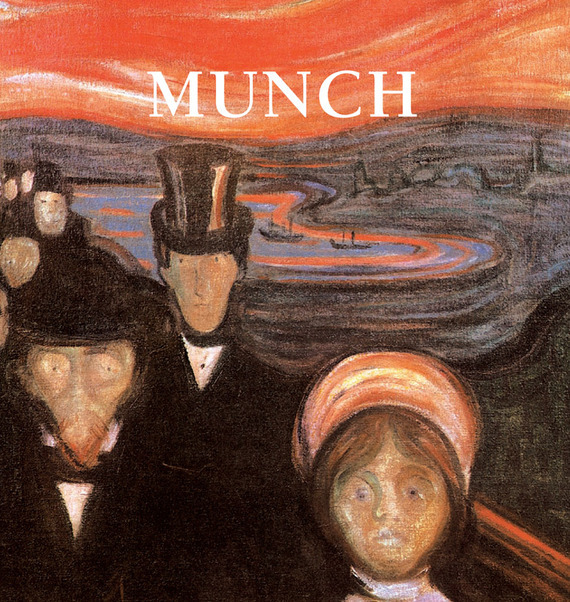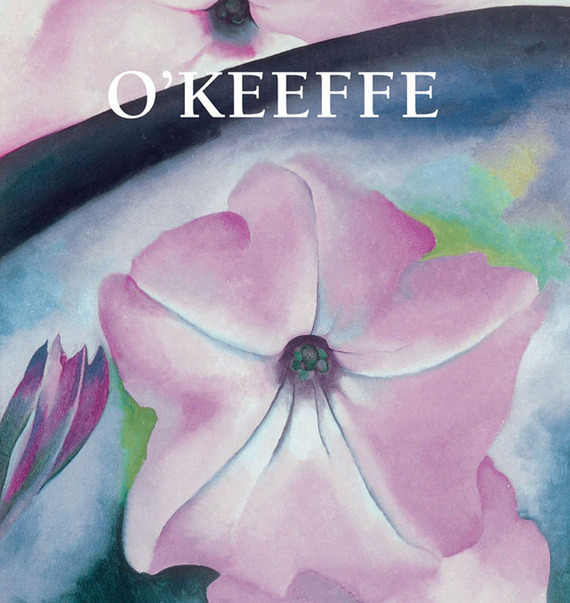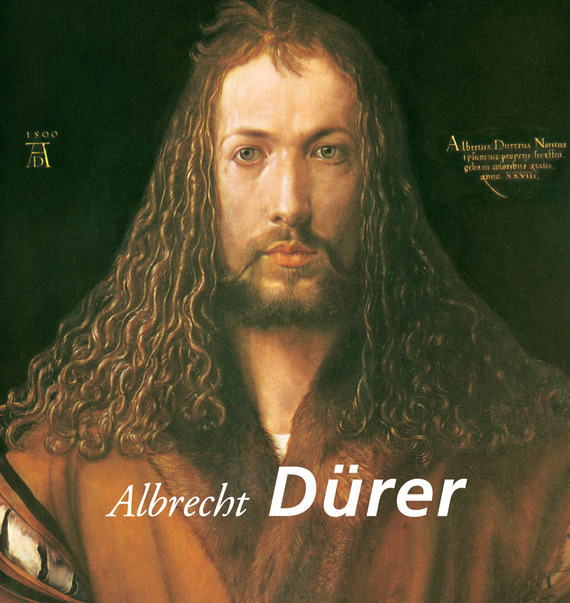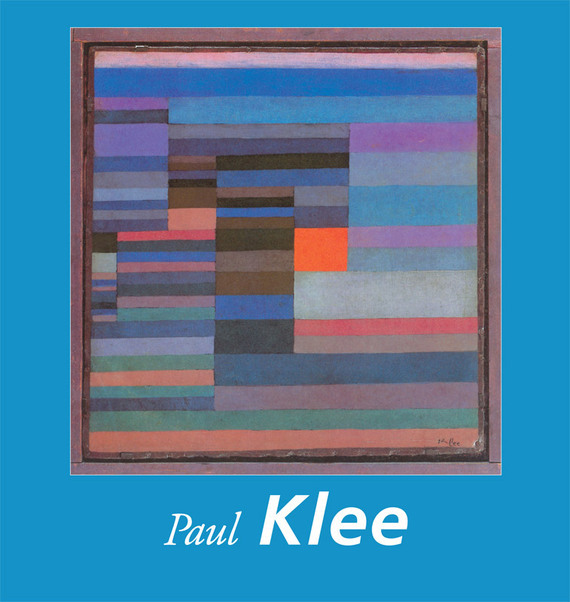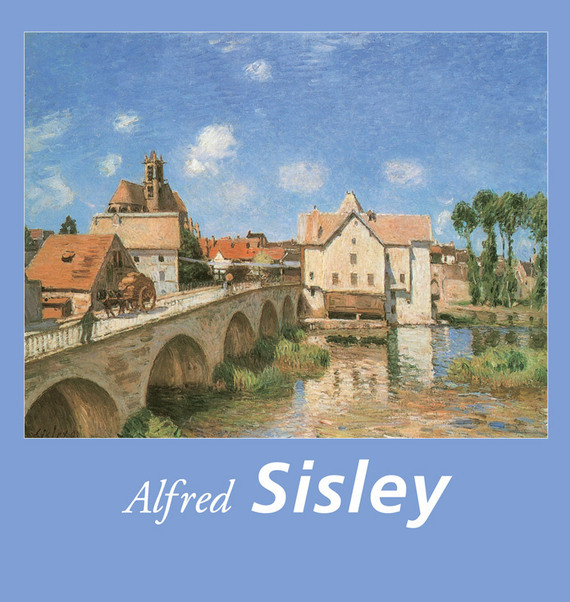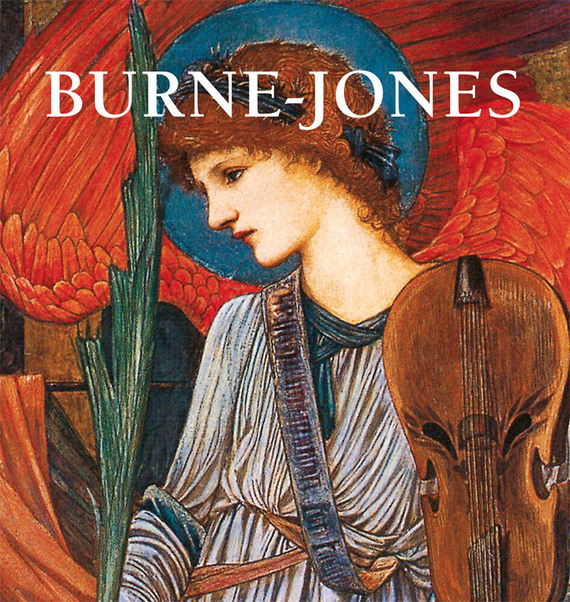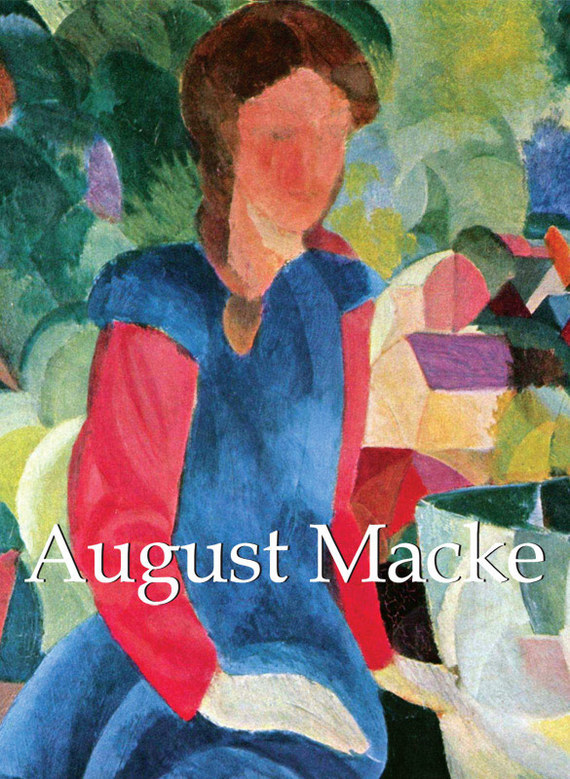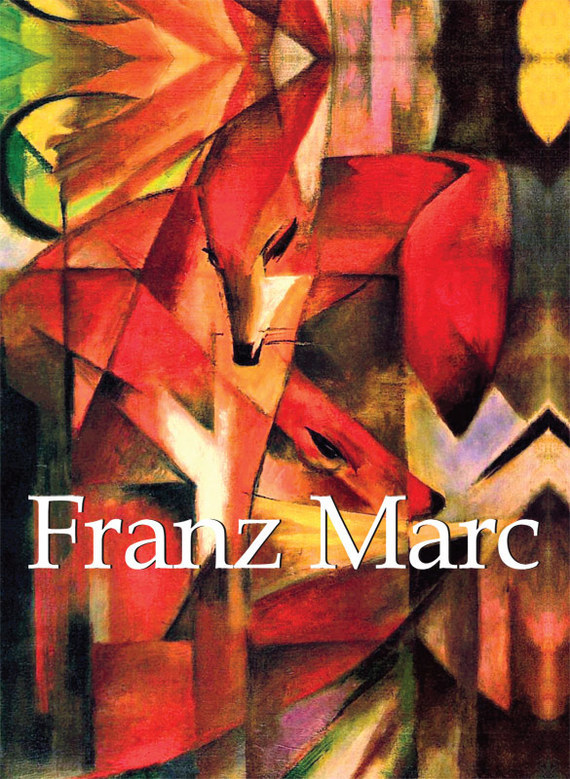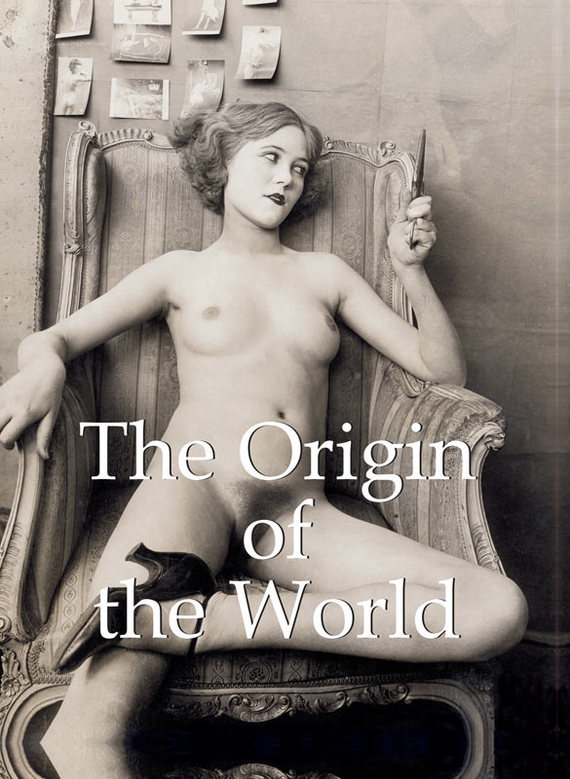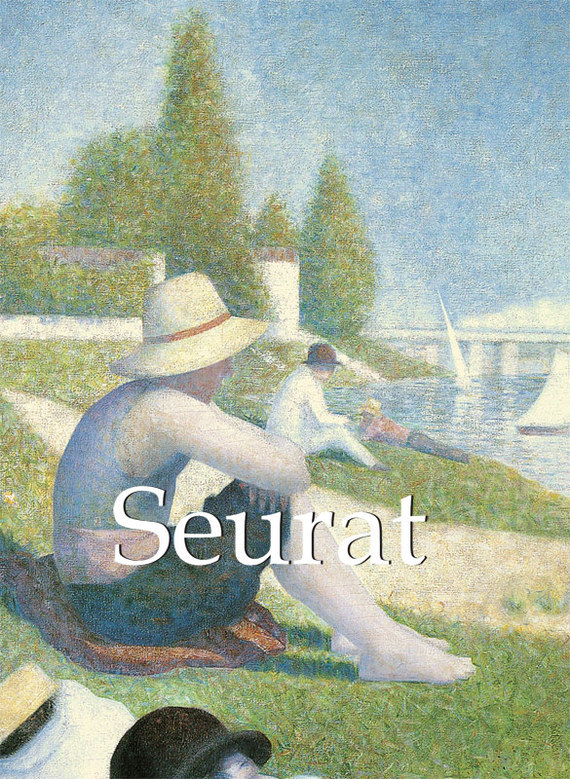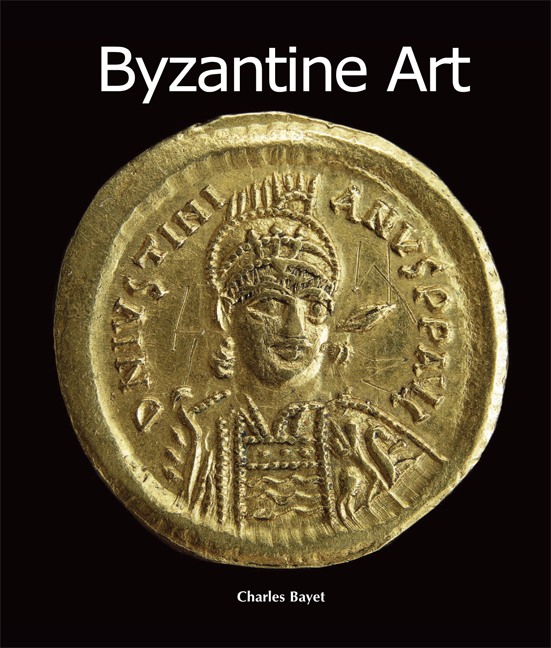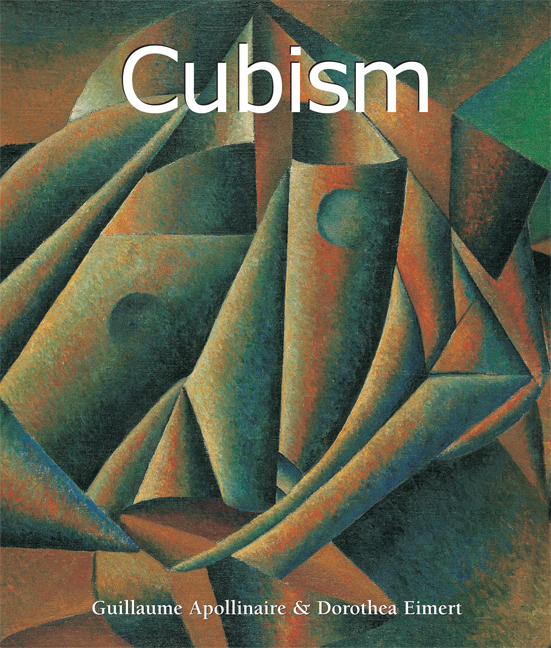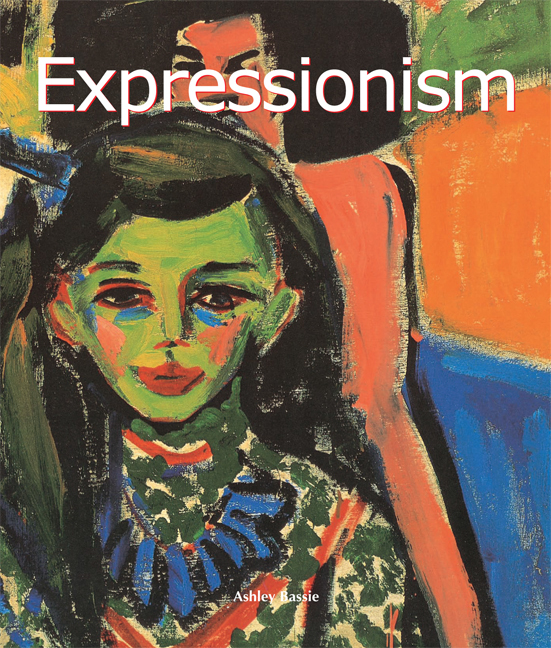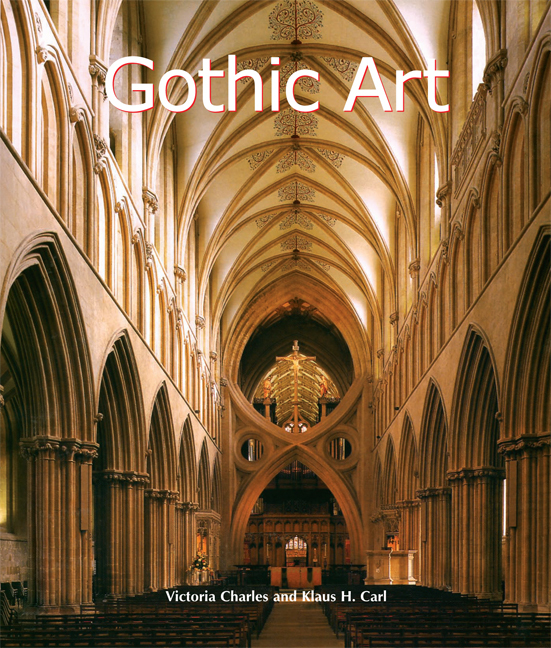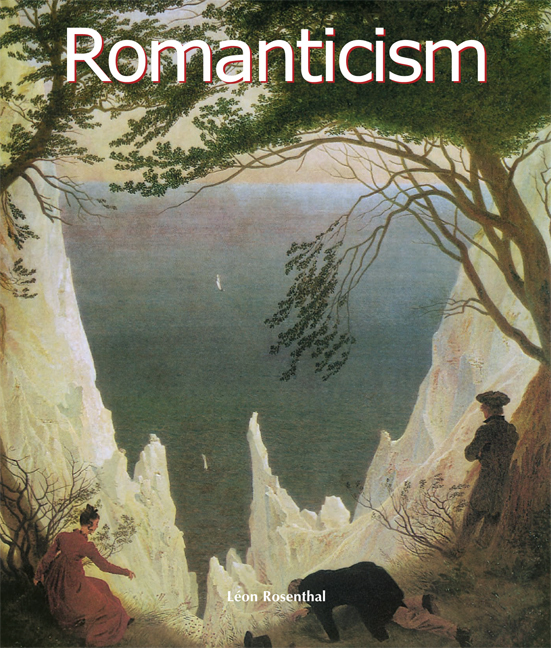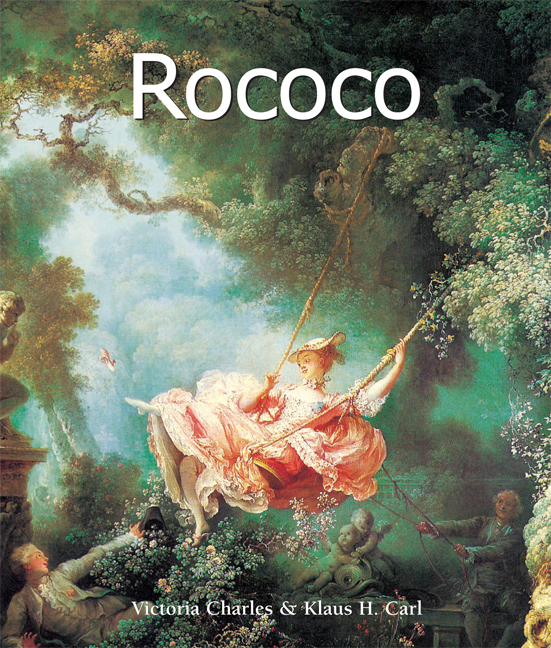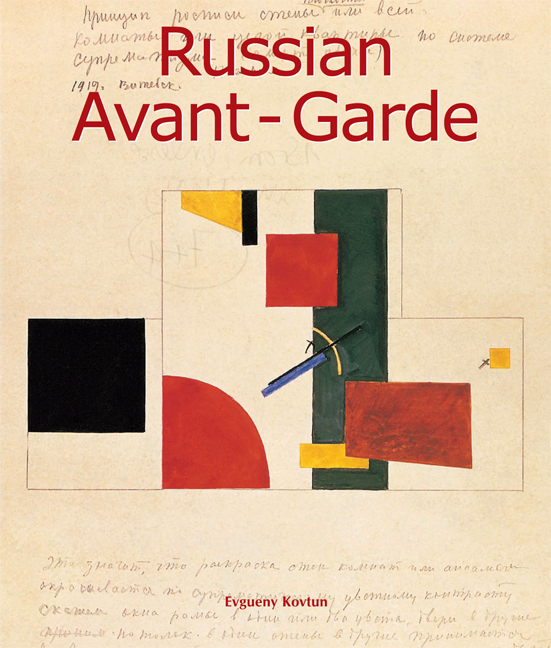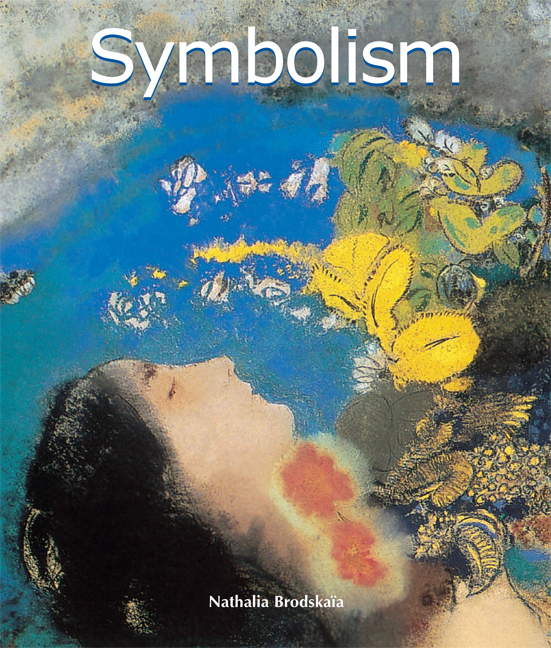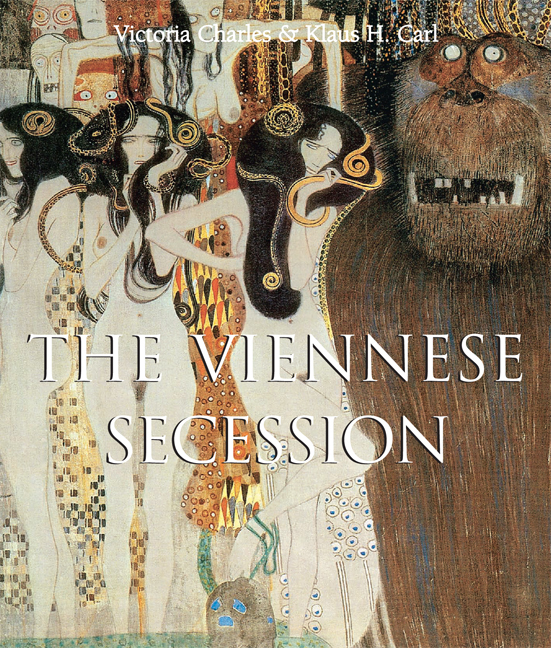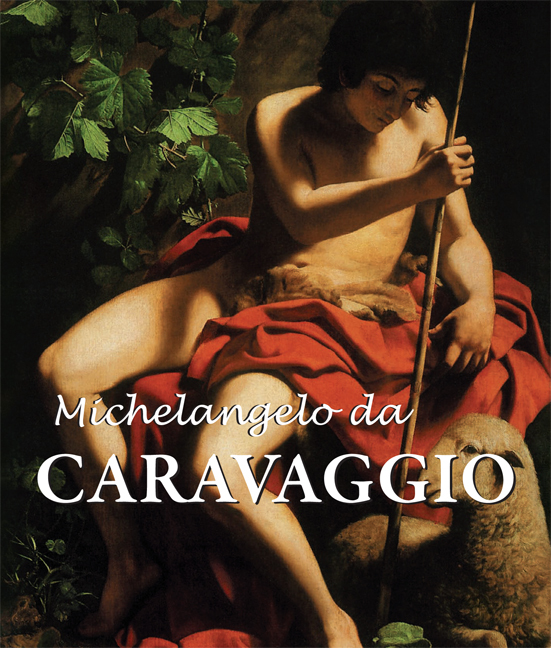Рубрикатор
-
-
Черновики
-
Бизнес-Книги
- Поиск работы, карьера
- Управление, подбор персонала
- Маркетинг, PR, реклама
- Банковское дело
- Ценные бумаги, инвестиции
- Бухучет, налогообложение, аудит
- ВЭД
- Экономика
- Отраслевые издания
- Корпоративная культура
- Личные финансы
- Недвижимость
- О бизнесе популярно
- Малый бизнес
- Делопроизводство
- Зарубежная деловая литература
- Фантастика
- Любовные романы
- Приключения
- Детские книги
- Наука, Образование
- Справочники
- Публицистика
- Религия
- Юмор
- Боевики
- Indo-European languages
- The arts
- Humanities
- Health & personal development
- Современная проза
- Зарубежная литература
- Фэнтези
- Искусство
- Книги по психологии
- Повести, рассказы
- Детективы
- Поэзия, Драматургия
- Компьютеры
- Дом, Семья
- Периодические издания
- Классика
-
Черновики
Изобразительное искусство, фотография
Edvard Munch, born in 1863, was Norway's most popular artist. His brooding and anguished paintings, based on personal grief and obsessions, were instrumental in the development of Expressionism. During his childhood, the death of his parents, his brother and sister, and the mental illness of another sister, were of great influence on his convulsed and tortuous art. In his works, Munch turned...
In 1905 Georgia travelled to Chicago to study painting at the Art Institute of Chicago. In 1907 she enrolled at the Art Students’ League in New York City, where she studied with William Merritt Chase. During her time in New York she became familiar with the 291 Gallery owned by her future husband, photographer Alfred Stieglitz. In 1912, she and her sisters studied at university with Alon...
D?rer is the greatest of German artists and most representative of the German mind. He, like Leonardo, was a man of striking physical attractiveness, great charm of manner and conversation, and mental accomplishment, being well grounded in the sciences and mathematics of the day. His skill in draughtsmanship was extraordinary; D?rer is even more celebrated for his engravings on wood and copper...
An emblematic figure of the early 20th century, Paul Klee participated in the expansive Avant-Garde movements in Germany and Switzerland. From the vibrant Blaue Reiter movement to Surrealism at the end of the 1930s and throughout his teaching years at the Bauhaus, he attempted to capture the organic and harmonic nature of painting by alluding to other artistic mediums such as poetry,...
Leonardo’s early life was spent in Florence, his maturity in Milan, and the last three years of his life in France. Leonardo’s teacher was Verrocchio. First he was a goldsmith, then a painter and sculptor: as a painter, representative of the very scientific school of draughtsmanship; more famous as a sculptor, being the creator of the Colleoni statue at Venice, Leonardo was a man of...
“Father Pissarro”, as his friends liked to call him, was the most restrained of the artists of the Impressionist movement. Perhaps it was his age, being older than his fellow artists Monet, Sisley, Bazille, and Renoir, or rather his maturity, which resulted in his works having such serene and sober subjects and compositions.
A man of simple tastes, he enjoyed painting peasants going...
Born in 1912, in a small town in Wyoming, Jackson Pollock embodied the American dream as the country found itself confronted with the realities of a modern era replacing the fading nineteenth century. Pollock left home in search of fame and fortune in New York City. Thanks to the Federal Art Project he quickly won acclaim, and after the Second World War became the biggest art celebrity in...
A painter of the Impressionist movement, Alfred Sisley was born on October 30th 1839 in Paris but was of British origin. He died on January 29th 1899 in Moret-sur-Loing. Growing up in a musical family, he chose to pursue painting rather than the field of business. In 1862 he enrolled in Gleyre’s studio where he encountered Renoir, Monet, and Bazille. The four friends left their master’s...
Diego Rodr?guez de Silva y Vel?zquez (June 1599 – August 6 1660), known as Diego V?lasquez, was a painter of the Spanish Golden Age who had considerable influence at the court of King Philip IV. Along with Francisco Goya and Le Greco, he is generally considered to be one of the greatest artists in Spanish history. His style, whilst remaining very personal, belongs firmly in the Baroque...
Burne-Jones’ oeuvre can be understood as an attempt to create in paint a world of perfect beauty, as far removed from the Birmingham of his youth as possible. At that time Birmingham was a byword for the dire effects of unregulated capitalism – a booming, industrial conglomeration of unimaginable ugliness and squalor.
The two great French symbolist painters, Gustave Moreau and Pierre...
August Macke (1887-1914) was a master of German Expressionism, a movement which sprang up in the early 1900s with the intent to forego physical reality in search of its emotional counterpart, with a particular emphasis on expressing dark moods of tragedy and angst. Macke was a master of color and form, producing eye-catching canvases that evoke a strong sympathetic reaction in the viewer. He...
If, as the famous saying goes, you really are what you eat, then Giuseppe Arcimboldo (1527-1593) was a consummate painter of the human soul. This artist was a master draftsman whose finely wrought canvases captured the imagination of his generation. In this fascinating book, Liana De Girolami Cheney takes a closer look at the critical history of Arcimboldo’s work, from his initial popularity...
Condemned by the Nazis as a degenerate artist, Franz Marc (1880-1916) was a German painter whose stark linearity and emotive use of color eloquently expressed the pain and trauma of war. In work such as his celebrated Fate of the Animals, Marc created a raw emotional expression of primitive violence which he called a premonition of the war which would eventually be the cause of his own...
From the time he set up his first studio at the tender age of sixteen, Sir Anthony Van Dyck (1599-1641) was a legend in the art world. Rubens, whom he studied with as a child, said that he was his most talented pupil, and he went on to spectacularly fulfill this promise with a career as a celebrated court painter in England and Spain. Historians, scholars, and art lovers alike continue to...
Lacan, the last owner of Courbet’s The Origin of the World, loved the painting so much that he couldn’t even bring himself to look at it. Instead, he hid it behind a “safer” painting.
The Chinese called it the “valley of the roses” (watch out for the thorns!), the Persians, the “honey-pot” (watch out for the bees!), and the Greeks, “the mound of Venus” (mind the steep...
Inspired by Monet’s work at a young age, Paul Signac (1863-1935) was a friend and disciple of Georges Seurat who combined the scientific precision of pointillism with the vivid colors and emotional expressivity of Impressionism. A close personal friend of Vincent van Gogh, who was a great admirer of his techniques, Signac traveled the world in search of inspiration for his monumental...
Universally celebrated for the intricacy of his pointillist canvases, Georges Seurat (1859-1891) was a painter whose stunning union of art and science produced uniquely compelling results. Seurat’s intricate paintings could take years to complete, with the magnificent results impressing the viewer with both their scientific complexity and visual impact. His Un Dimanche Apr?s-Midi ? l’?le...
“Have nothing in your house that you do not know to be useful, or believe to be beautiful.” This quote alone from William Morris could summarise the ideology of the Arts & Crafts movement, which triggered a veritable reform in the applied arts in England. Founded by John Ruskin, then put into practice by William Morris, the Arts & Crafts movement promoted revolutionary ideas in Victorian...
The Baroque period lasted from the beginning of the seventeenth century to the middle of the eighteenth century. Baroque art was artists’ response to the Catholic Church’s demand for solemn grandeur following the Council of Trent, and through its monumentality and grandiloquence it seduced the great European courts. Amongst the Baroque arts, architecture has, without doubt, left the...
For more than a millennium, from its creation in 330 CE until its fall in 1453, the Byzantine Empire was a cradle of artistic effervescence that is only beginning to be rediscovered. Endowed with the rich heritage of Roman, Eastern, and Christian cultures, Byzantine artists developed an architectural and pictorial tradition, marked by symbolism, whose influence extended far beyond the borders...
Oscillating between the majesty of the Greco-Byzantine tradition and the modernity predicted by Giotto, Early Italian Painting addresses the first important aesthetic movement that would lead to the Renaissance, the Italian Primitives. Trying new mediums and techniques, these revolutionary artists no longer painted frescos on walls, but created the first mobile paintings on wooden panels. The...
Max Beckmann, Otto Dix, George Grosz, Emil Nolde, E.L. Kirchner, Paul Klee, Franz Marc as well as the Austrians Oskar Kokoschka and Egon Schiele were among the generation of highly individual artists who contributed to the vivid and often controversial new movement in early twentieth-century Germany and Austria: Expressionism. This publication introduces these artists and their work. The...
Born at the dawn of the 20th century, Fauvism burst onto the artistic scene at the 1905 Salon d'Automne with great controversy by throwing bright, vibrant colours in the face of artistic convention. Fuelled by change, artists like Matisse, Derain, and Vlaminck searched for a new chromatic language by using colour out of its habitual context. Freed from the strict technique advocated by the...
Art Nouveau gives a name to the decorative and architectural style developed in the 1880s and 1890s in the West. Born in reaction to the Industrial Revolution and to the creative vacuum it left behind, Art Nouveau was at the heart of a “renaissance” in the decorative arts. The primary objective of the movement was the creation of a new aesthetic of nature through a return to the study of...
Gothic art finds its roots in the powerful architecture of the cathedrals of northern France. It is a medieval art movement that evolved throughout Europe over more than 200 years. Leaving curved Roman forms behind, the architects started using flying buttresses and pointed arches to open up cathedrals to daylight. A period of great economic and social change, the Gothic era also saw the...
“I paint what I see and not what it pleases others to see.” What other words than these of ?douard Manet, seemingly so different from the sentiments of Monet or Renoir, could best define the Impressionist movement? Without a doubt, this singularity was explained when, shortly before his death, Claude Monet wrote: “I remain sorry to have been the cause of the name given to a group the...
Naive art first became popular at the end of the 19th century. Until that time, this form of expression, created by untrained artists and characterised by spontaneity and simplicity, enjoyed little recognition from professional artists and art critics. Influenced by primitive arts, naive painting is distinguished by the fluidity of its lines, vivacity, and joyful colours, as well as by its...
Pierre Bonnard was the leader of the group of post-impressionist painters who called themselves “the Nabis”, from the Hebrew word for “prophet”. Influenced by Odilon Redon, Puvis de Chavannes, popular imagery, and Japanese woodblock printing, Bonnard, Vuillard, Vallotton and Denis (to name the most prominent members) revolutionised the spirit of decorative technique during one of the...
Whilst Impressionism marked the first steps toward modern painting by revolutionising an artistic medium stifled by academic conventions, Post-Impressionism, even more revolutionary, completely liberated colour and opened it to new, unknown horizons. Anchored in his epoch, relying on the new chromatic studies of Michel Eug?ne Chevreul, Georges Seurat transcribed the chemist’s theory of...
In Victorian England, with the country swept up in the Industrial Revolution, the Pre-Raphaelites, close to William Morris’ Arts and Crafts movement, yearned for a return to bygone values. Wishing to revive the pure and noble forms of the Italian Renaissance, the major painters of the circle (such as John Everett Millais, Dante Gabriel Rossetti and William Holman Hunt) favoured realism and...
The Renaissance began at the end of the 14th century in Italy and had extended across the whole of Europe by the second half of the 16th century. The rediscovery of the splendour of ancient Greece and Rome marked the beginning of the rebirth of the arts following the break-down of the dogmatic certitude of the Middle Ages. A number of artists began to innovate in the domains of painting,...
Romanticism was a reaction against the Neoclassicism that invaded the 19th century, and marked a veritable intellectual rupture. Found in the writings of Victor Hugo and Lord Byron, amongst others, its ideas are expressed in painting by Eug?ne Delacroix, Caspar David Friedrich and William Blake. In sculpture, Fran?ois Rude indicated the direction this new artistic freedom would take, endowing...
In art history, the term ‘Romanesque art’ distinguishes the period between the beginning of the 11th and the end of the 12th century. This era showed a great diversity of regional schools each with their own unique style. In architecture as well as in sculpture, Romanesque art is marked by raw forms. Through its rich iconography and captivating text, this work reclaims the importance of...
Deriving from the French word rocaille, in reference to the curved forms of shellfish, and the Italian barocco, the French created the term ‘Rococo’. Appearing at the beginning of the 18th century, it rapidly spread to the whole of Europe. Extravagant and light, Rococo responded perfectly to the spontaneity of the aristocracy of the time. In many aspects, this art was linked to its...
The Russian Avant-garde was born at the turn of the 20th century in pre-revolutionary Russia. The intellectual and cultural turmoil had then reached a peak and provided fertile soil for the formation of the movement. For many artists influenced by European art, the movement represented a way of liberating themselves from the social and aesthetic constraints of the past. It was these...
Symbolism appeared in France and Europe between the 1880s and the beginning of the 20th century. The Symbolists, fascinated with ancient mythology, attempted to escape the reign of rational thought imposed by science. They wished to transcend the world of the visible and the rational in order to attain the world of pure thought, constantly flirting with the limits of the unconscious. The...
A symbol of modernity, the Viennese Secession was defined by the rebellion of twenty artists who were against the conservative Vienna K?nstlerhaus' oppressive influence over the city, the epoch, and the whole Austro-Hungarian Empire. Influenced by Art Nouveau, this movement (created in 1897 by Gustav Klimt, Carl Moll, and Josef Hoffmann) was not an anonymous artistic revolution. Defining...
After staying in Milan for his apprenticeship, Michelangelo da Caravaggio arrived in Rome in 1592. There he started to paint with both realism and psychological analysis of the sitters. Caravaggio was as temperamental in his painting as in his wild life. As he also responded to prestigious Church commissions, his dramatic style and his realism were seen as unacceptable. Chiaroscuro had existed...
Degas was closest to Renoir in the impressionist’s circle, for both favoured the animated Parisian life of their day as a motif in their paintings. Degas did not attend Gleyre’s studio; most likely he first met the future impressionists at the Caf? Guerbois. He started his apprenticeship in 1853 at the studio of Louis-Ernest Barrias and, beginning in 1854, studied under Louis Lamothe, who...


